By Rick VanSickle
“We are not competitors, we should all be just trying to get people to drink Ontario VQA wine,” said Hidden Bench owner/vigneron Harald Thiel.
Also in this Niagara Wine Report: Stratus Vineyards’ big solstice surprise, plus our picks from the Vintages release Saturday, including Hidden Bench rosé, Henry of Pelham Riesling and a reprise of two Rioja beauties.
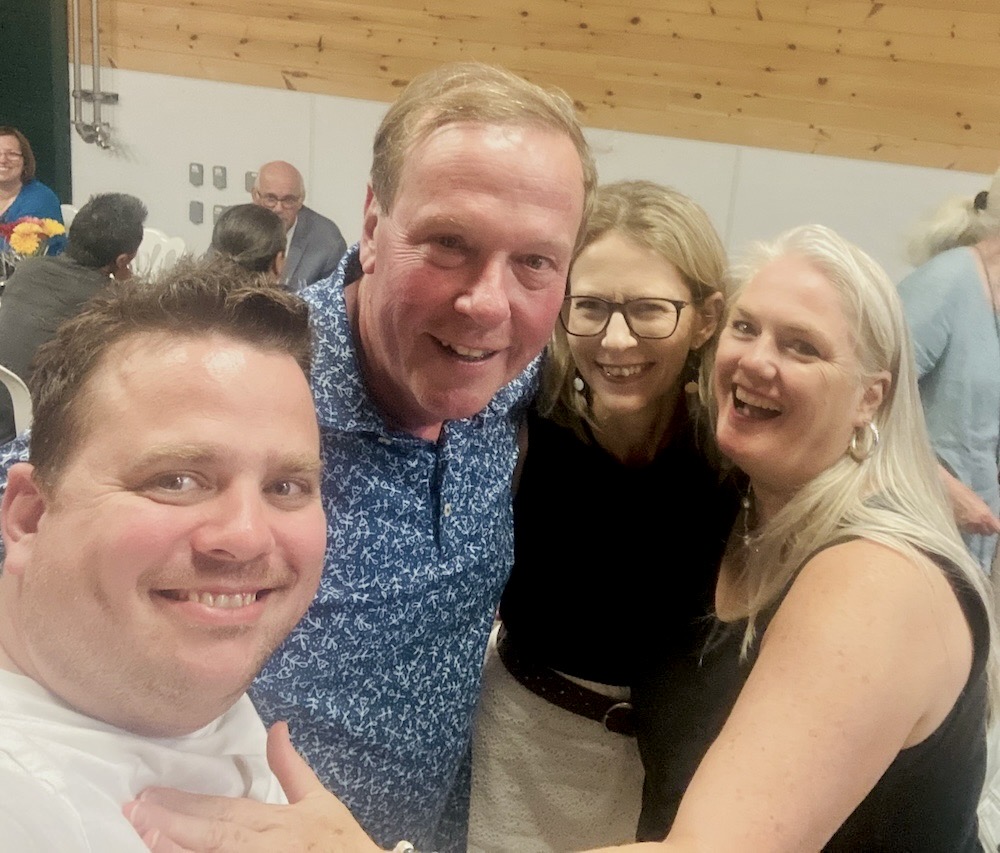
Thiel, above with Victor Barry, Marlize Beyers and Meg McGrath in this photo by Barry, was speaking to over 150 invited guests at an appreciation dinner he, his wife Annie and the Hidden Bench team planned and executed perfectly to coincide with the summer equinox on Wednesday night at the Beamsville Bench estate.
It was an event to celebrate the 20th anniversary of Hidden Bench but felt much more like a chance for Thiel to show respect and love for all the people who have helped in big and small ways to make the estate what it is today. I don’t believe anyone expected to be singled out with such fanfare.
One by one, Thiel had heart-felt words for his Beamsville Bench neighbours (looking at you Heidi and Curtis Fielding, Philip Dowell, Daniel Lenko, Martin Malivoire and Moira Saganski, and Len Pennachetti), industry association members in attendance (looking at you Richard Linley, and you, too, Carolyn Hurst and Grant Westcott), restaurant owners who first put Hidden Bench on their lists, pioneering Hidden Bench winemakers in attendance (looking at you Marlize Beyers, oh, and hi Martin Werner), current winemaker Alex Baines, viticulturist Joel Williams and retail manager Matt Finn, past employees (looking at you Meg McGrath and Mike Boland), and a large cast of family in attendance, especially Thiel’s wife Annie. A lot of names are left out here, for that I apologize.
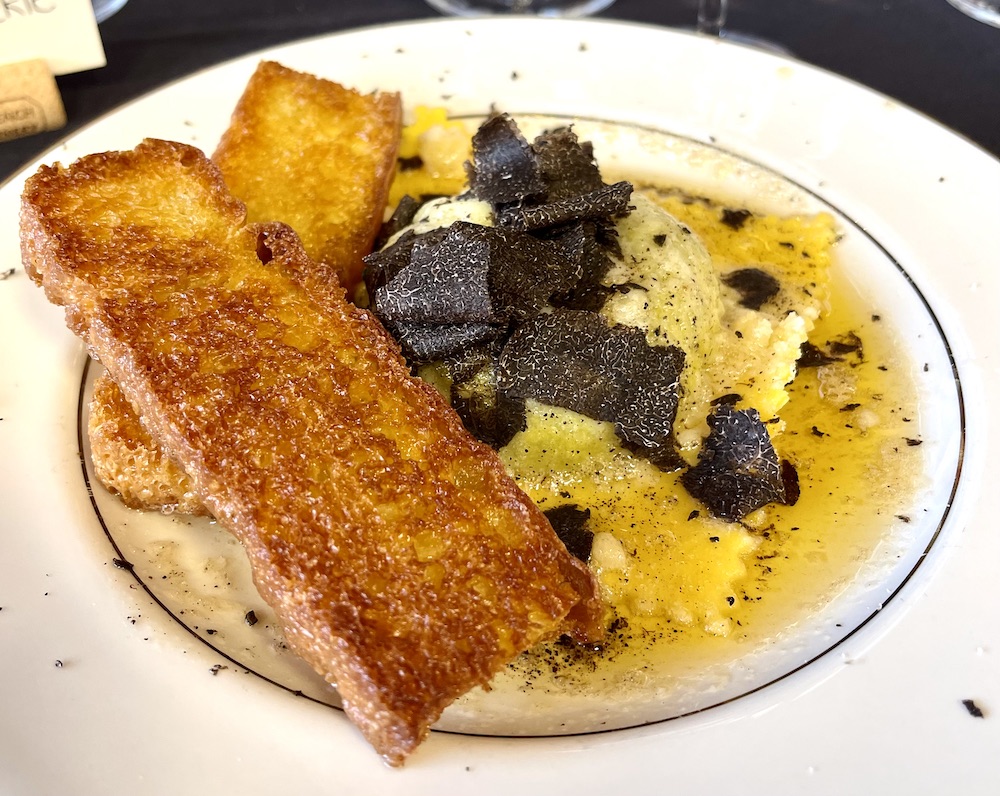
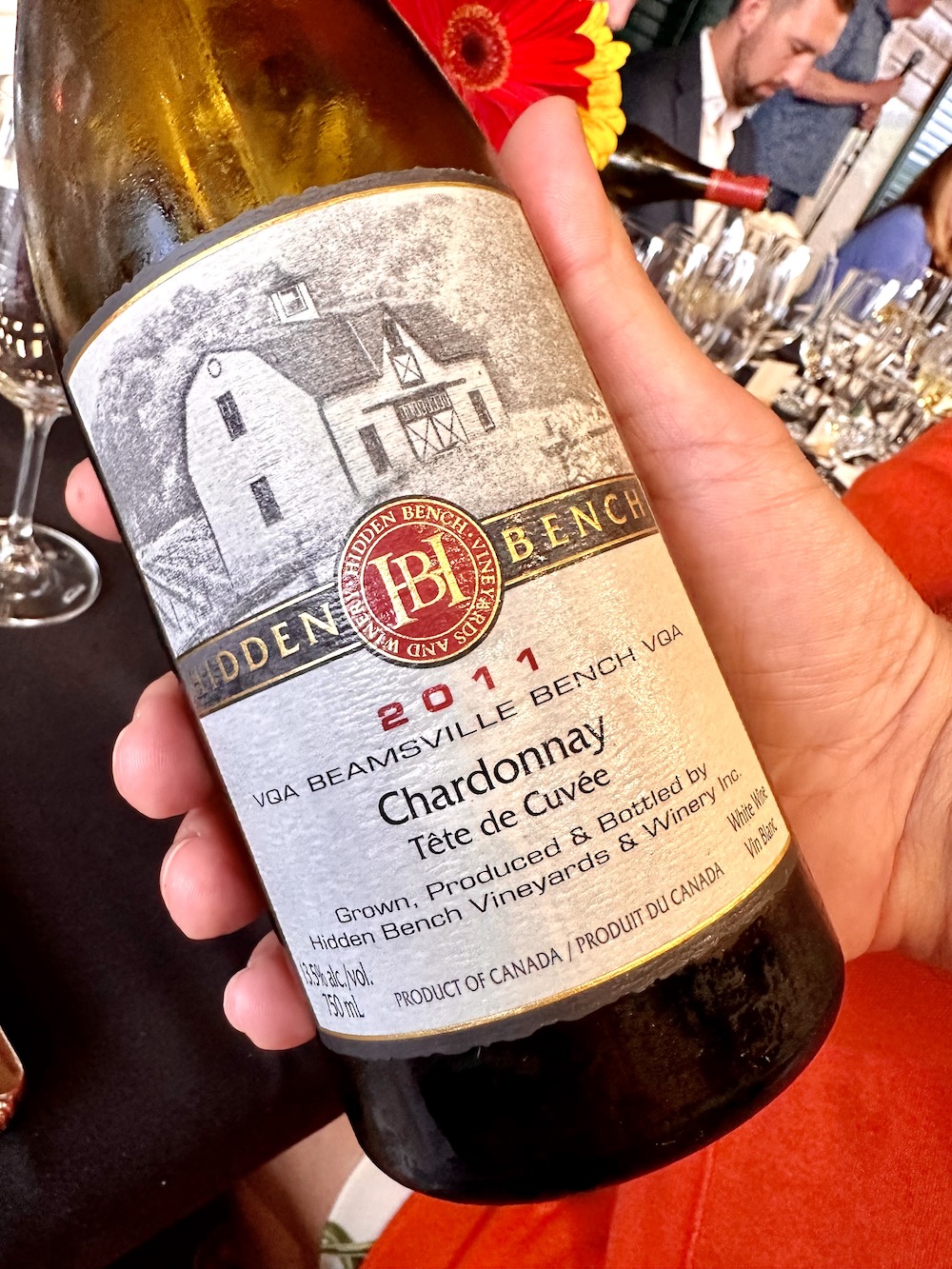
There was plenty of love to go around, from the dedicated Terroir Wine Club members (this was really their event!), to devoted Hidden Bench wine buyers (many now good friends) to the companies which have provided supplies and machinery (looking at you Joe Pillitteri), and even to the journalists in attendance, showing immense respect for Tony Aspler and remembering him as the first wine scribe to taste and write about Hidden Bench and the wines way back in 2005.
It really was so Harald Thiel. Invite 150 people to your giant anniversary party featuring Tide and Vine oysters and Hidden Bench bubbles, followed by a sit-down dinner on the crush pad as the sun set on the longest day of the year, with food catered by Piano Piano and chef/owner Victor Barry, from both the Toronto and Oakville restaurants, paired with rare library Hidden Bench wines, and then spend the night feting guests over and over.
His advice noted at the top of this story is a common refrain for Thiel. It’s as true today as it was in 2003 when Hidden Bench was first incorporated. The fight isn’t with your neighbours or the greater region of Niagara, it’s convincing Ontario wine lovers to drink VQA wines instead of reaching for imported wines. It’s about teaching consumers what VQA wines are all about and why they should be drinking them. Support your neighbours, a rising tide lifts all boats.
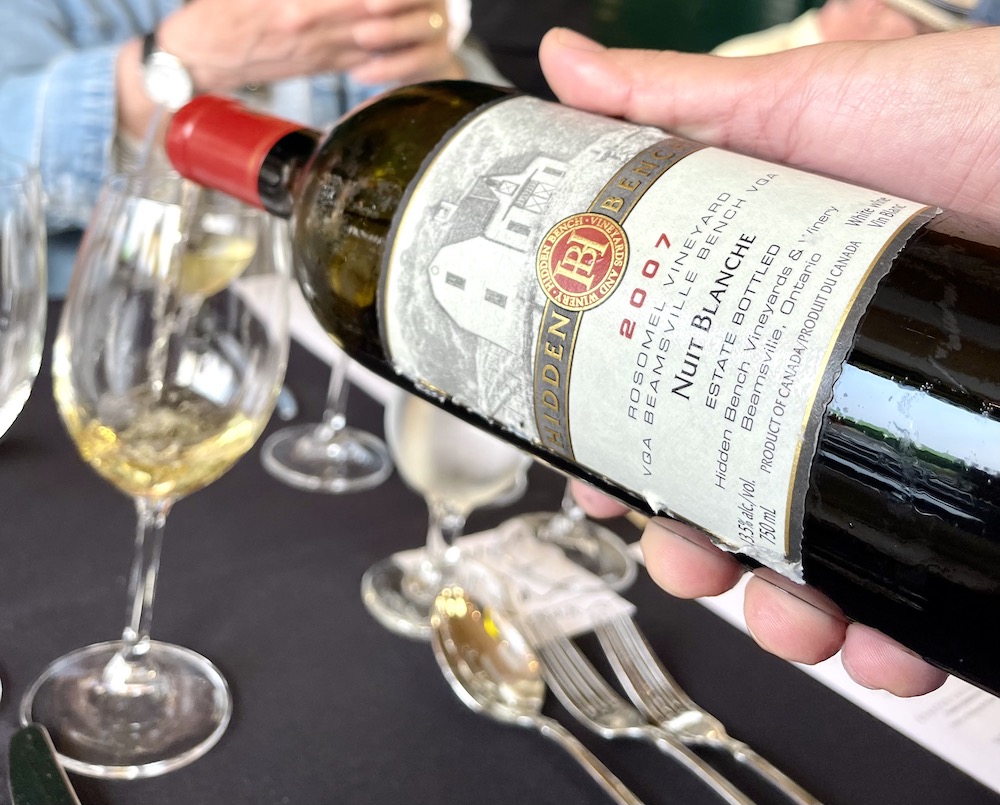
That’s why Thiel created i4C, the biggest single wine event in Ontario, putting local VQA Chardonnay on the world map. He did that and it carries on to this day, bigger and better than it ever was.
The first vintage of Hidden Bench was in 2004, a vintage he sold off as bulk wine because it wasn’t up to his standards. It was the 2005 vintage that set the wheels in motion for an exciting and radical new winery that focused on single-vineyard Chardonnays, Pinot Noirs and Rieslings from estate vineyards planted organically and farmed biodyamically. From those roots came Bordeaux blends, Malbec, white blends of Sauvignon Blanc and Semillon, fumé blanc, traditionally made sparkling wines, rosés and eventually second labels such as the natural wine tier called the Rachis & Derma, and more recently, Gamay and Gamay blends and the raised in concrete Béton wines.
There has been no quit in Thiel; he’s always improving the cellar and crush pad with innovation and technology, whatever it takes to make better and better terroir driven Beamsville Bench centric wines at the top of the wine chain.
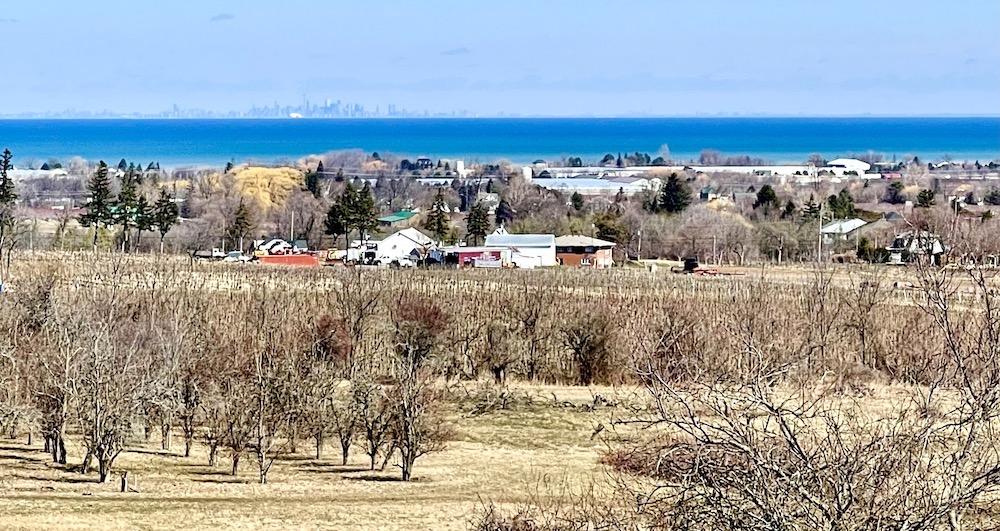
Thiel’s anniversary gift to himself, and likely more appropriately, a gift to wine lovers, is in a promise to come. With the recent purchase of a coveted 48-acre property on the Beamsville Bench (pictured above), located just across the road from the estate, means there’s a lot more to look forward to from Hidden Bench once the vineyard is planted and plans for the rest of the property come to fruition.
In what was likely one of the largest parcels of land left on the Beamsville Bench suitable for planting grapes, Thiel told Wines in Niagara during a tour this spring that “as estate winegrowers the HB team and I are very excited to be able to have the opportunity to farm this exceptional piece of Beamsville Bench terroir and to apply our vineyard learnings from the last 20 years of farming and crafting wine from our estate vineyards on the Bench to this new property.”
The property is contiguous to the estate’s main property on the north side of Locust Lane at McLeod Street and borders Lincoln Ave. to the east and Thirty Bench Wine Makers and the Lenko farm to the west and north. The purchase includes an old 1960s, 12,400-square-foot turkey barn (310 feet by 40 feet) with a full foundation, home, and other outbuildings on the east border.
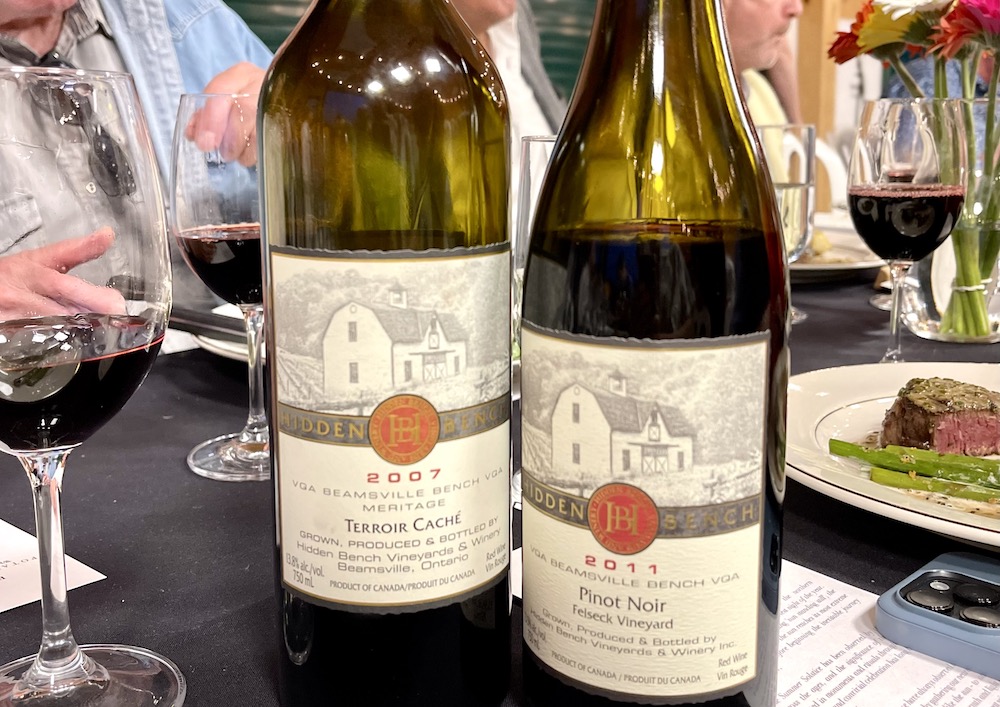
We dined and drank royally on this night, with big thanks to Piano Piano and the pin-point orchestrating getting 150 plates out in perfect order. Potato and leek vichyssoise with 2007 Nuit Blanche, egg yolk ravioli (smothered in shaved black truffles) with 2011 Téte de Cuvée Chardonnay (the eggs coming from chickens raised in the estate’s Felseck Vineyard!), beef tenderloin with sauce au poivre (or) Irish organic salmon served with 2011 Felseck Vineyard Pinot Noir and finally rhubarb cheesecake paired with 2003 Vidal Icewine (a rare icewine all bottled by hand in the very first year of operation).
In the fading light of the longest day of the year, Thiel was still praising the well-fed, well-wined guests in attendance. I’m told they danced well into the night and left with new admiration for the man who threw the party and used his time on the microphone to deflect praise to the invited guests who played a role in small and big ways. And many there did and continue to do so. But it was always due to the vision and commitment of one man who is doing his damnedest to put Canadian wines on the world stage. Take a bow, Harald Thiel, it’s well-deserved.
Solstice surprise from Stratus Vineyards
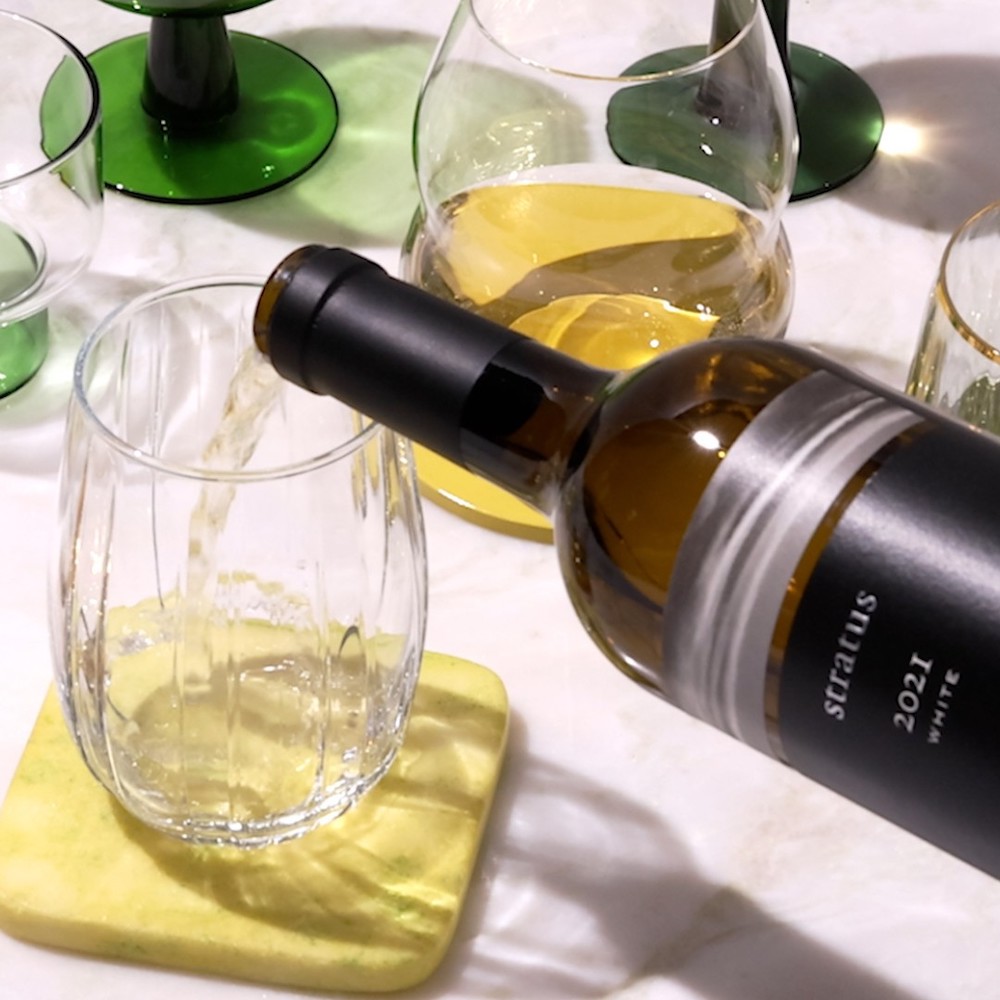
Stratus Vineyards celebrated the summer equinox with the launch of its top white assemblage, the first wine released at the innovative Niagara-on-the-Lake estate with “featherweight” bottles.
The Stratus White 2021, a blend of Chardonnay, Sauvignon Blanc and Semillon, is a statement wine, the pinnacle of white wine production at the estate, and a fitting candidate for the roll out of the new bottles.
Stratus is a pioneer in environmental stewardship and has always believed in a “circular” economy. The LEED-certified winery was the first of its kind in the world when it opened in 2005 and to this day continues to adopt new sustainable initiatives every year.
The new bottle weight is less than 370 grams, which is less than half the weight of its original 790-gram counterpoint. Weight reduction on bottles means less non-renewable raw materials, energy, and emissions. The Stratus White is the first wine to be bottled in the lighter glass and all bottles the from 2021 going forward will also be bottled in the featherweight bottles. That’s an average of 8,000 to 10,000 cases of wine at a savings of over 5 kg per case, amounting to an average of 35 metric tonnes of glass weight per vintage.
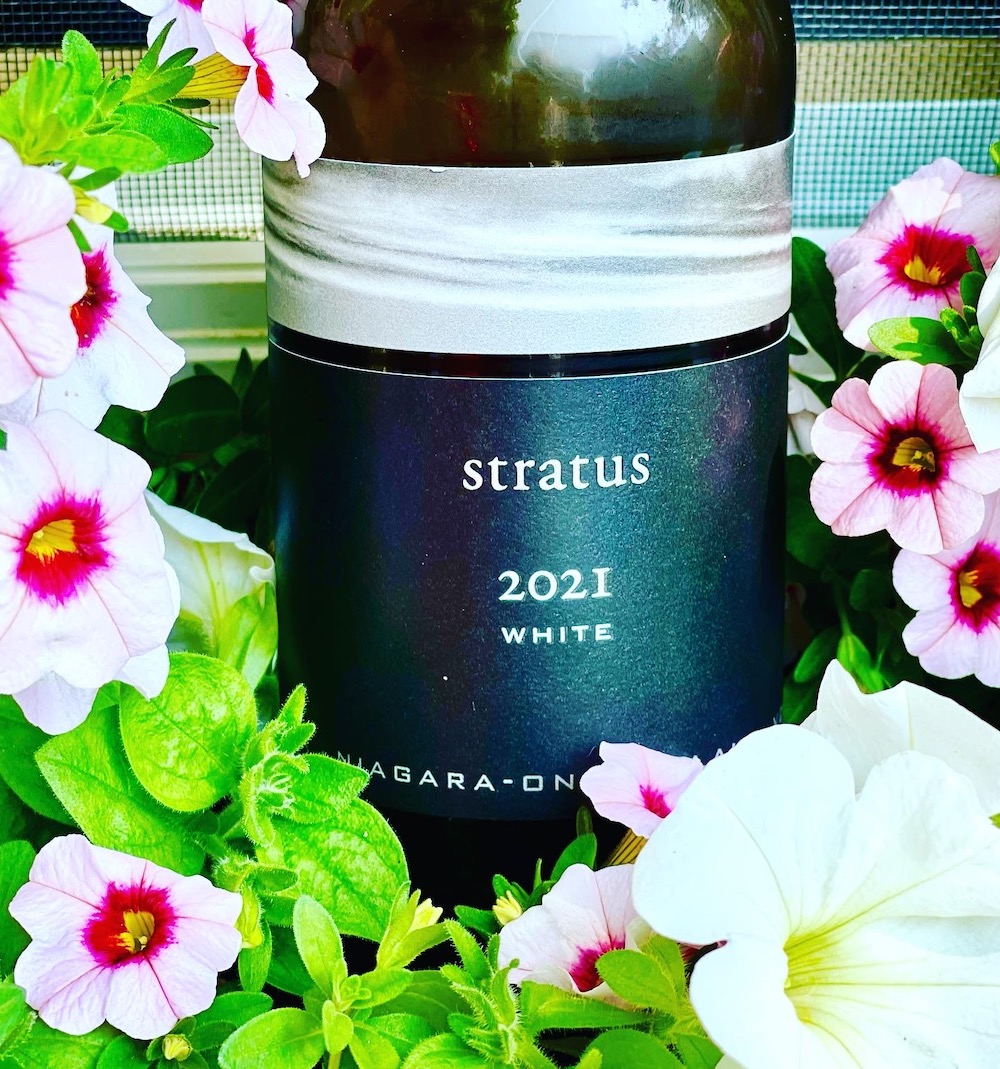
“It’s time to break free from the old paradigm that heavy bottles mean better wine and continually evolve our already mindful winemaking and vineyard practice,” said estate director Suzanne Janke. “What counts is what is ‘in’ the bottle and this Stratus White is as dedicated to quality as ever and will ‘wow.’ ”
The winery is presently featuring a vertical flight of Stratus White in celebration of the launch. The 2021, 2015, 2012 and 2006 vintages are featured in the tasting for the next 20 days or so. You can visit the winery to pick up a bottle or buy online (or book a tasting) by clicking here.
Here are my thoughts on the new Stratus White 2021:
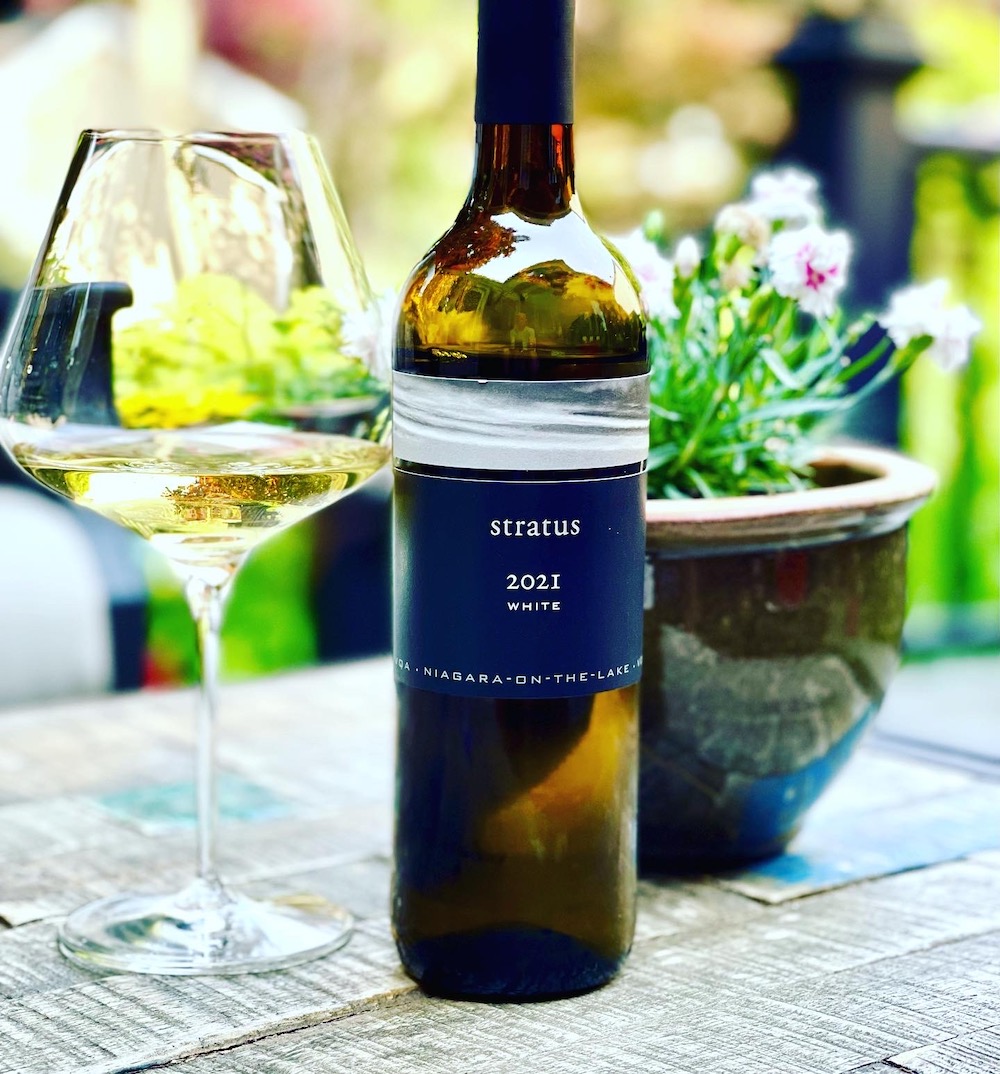
Stratus White 2021 ($49, 94 points) — The blend of 48% Chardonnay, 44% Sauvignon Blanc and 8% Semillon was aged for 247 days in oak and is the result of several blending/tasting trials to determine the varieties and combination of grapes for the top white wine made at the estate. It shows a golden colour in the glass and has an intriguing, beautiful nose of white peach, pear, bergamot, lemon blossoms, summer flowers, herb garden notes and integrated spice notes. It’s generous, rich, and ripe on the palate with lovely texture that showcases the layers of orchard fruits, apricots, lemon tart, nectarine, ginger, touch of flint and toasted oak spice that all lead to long, silky smooth finish with mouth-watering acidity. A beautiful thing. Tastes mighty fine right now but could cellar five or so years to see how it develops tertiary flavours.
Niagara wines featured at Vintage stores this Saturday
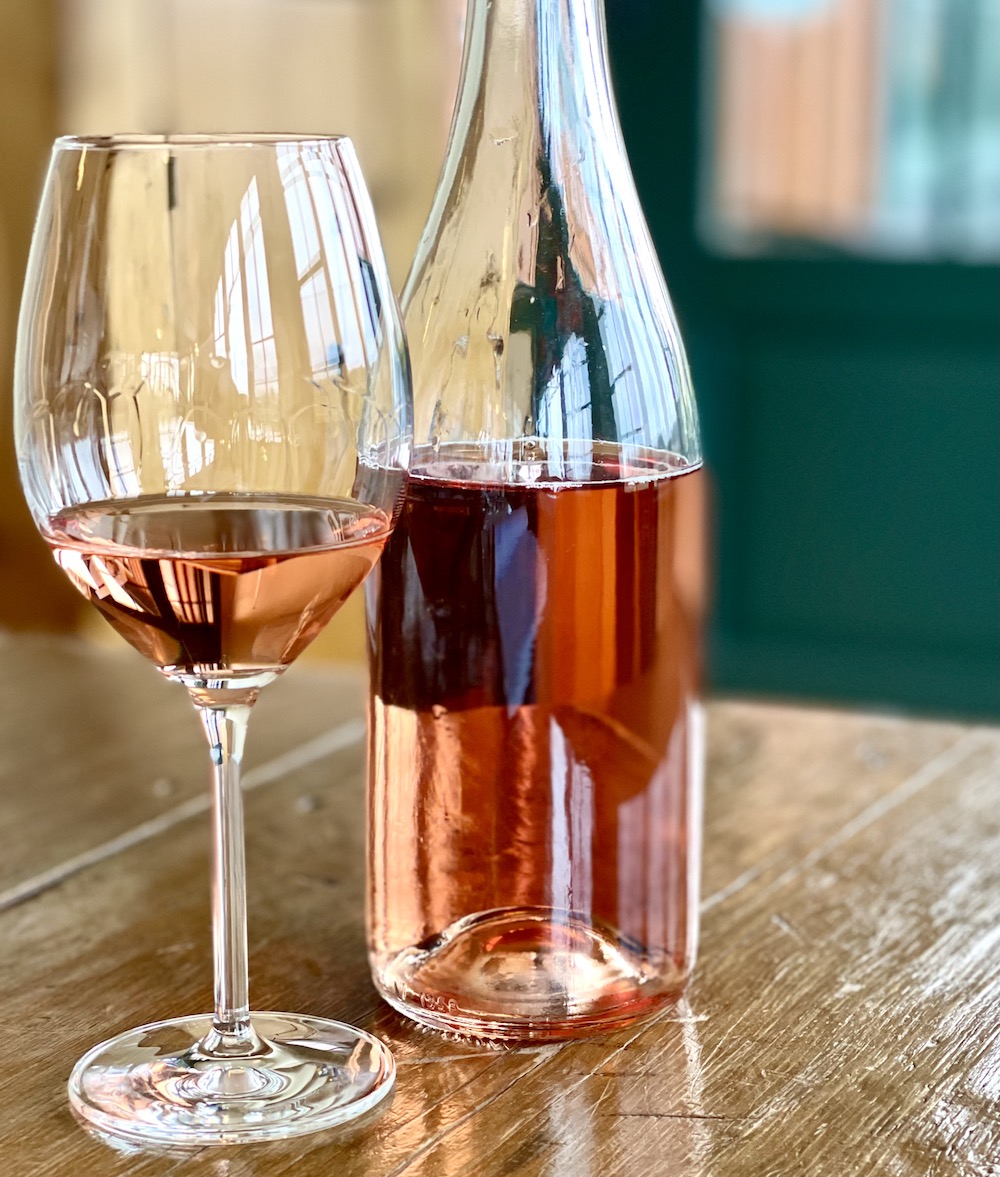
Hidden Bench Locust Lane Vineyard Rosé 2022 ($25, 92 points) — The single-vineyard Locust Lane Rosé, one of three made at Hidden Bench, is a blend of 94% Pinot Noir and the rest Viognier. The wine was unlabelled at the time of tasting. It’s fresh on the nose with brambly red berries, herbs, and a touch of lemon zest. It has lovely texture in a dry and vibrant style, with tangy raspberries, cherries, subtle earthy/savoury notes, and a perky, lively finish bolstered by mouth-watering acidity.
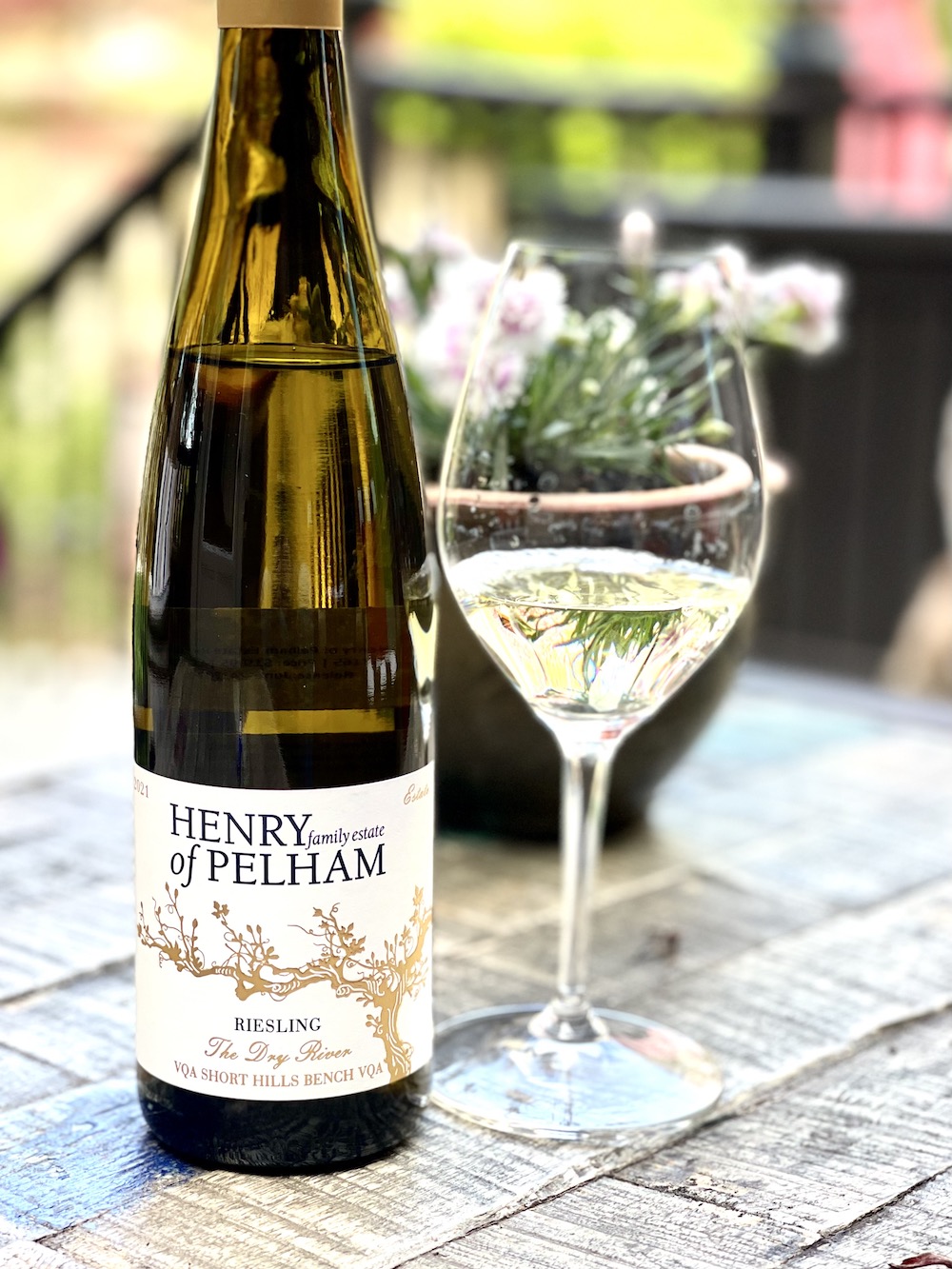
Henry of Pelham Dry River Riesling 2021 ($20, 91 points) — This was formerly called the Estate Riesling and was renamed for a tributary of Richard’s Creek that runs like a river through the estate farm in spring before drying up for a year or more. It represents great value for what you get. It shows zippy lime, fresh cut grapefruit, pears, and subtle tropical notes on the nose. It’s juicy and vibrant on palate with minerally undertones, vivid citrus notes, orchard fruits and a lingering, lifted finish. Classic Niagara Riesling.
Also released by not reviewed by Wines in Niagara:
• Hidden Bench Rosomel Vineyard Fumé Blanc 2021 ($30)
• Cuddy by Tawse Cabernet/Merlot 2020 ($28)
• Rockway 9 White 2020 ($17)
• Southbrook Triomphe Organic Chardonnay 2018 ($25)
• The Tragically Hip Fully Completely Reserve Red 2021 ($25)
• Vineland Estate Rosé 2021 ($17)
• Southbrook Triomphe Organic Cabernet Franc Rosé 2022 ($24)
Two Rioja’s to consider (both previously reviewed):
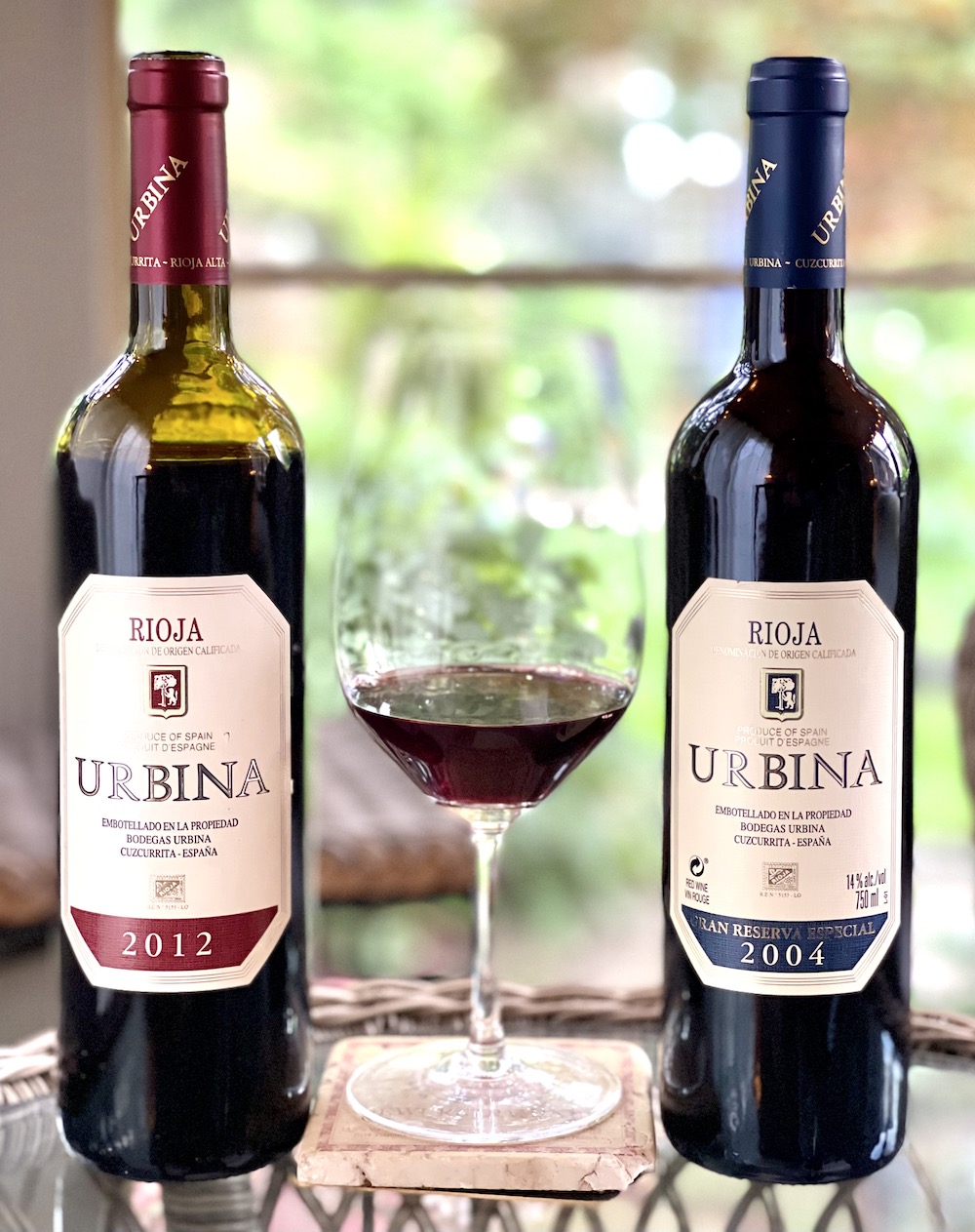
Urbina Crianza 2012 ($25, 92 points) — This 100% Tempranillo from Rioja in Spain represents great value for a well-aged red wine of this calibre. The nose begins with lifted floral and tobacco notes followed by forest berries, wild raspberries, spice box, and saddle leather. It’s perfectly integrated on the palate and will sing for a few years to come. The tannins are smooth, and the fruits of red berries, anise, red currants, and kirsch are layered with earthy/savoury notes, toasted vanilla, and lovely integrated spice notes on a long, lifted finish.
Urbina Gran Rerserva Especial 2004 ($56, 95 points) — It is just so rare to see an almost 20-yer-old red wine released, especially at this price. And what a beautiful Rioja it is! It has a concentrated, contemplative nose of concentrate dark berries, macerated cherries, plums, Cuban cigar tobacco, lifted floral and tar notes, and woodsy/spice accents. It’s graceful and elegant on the palate with plenty of life ahead as it evolves even more. The fruits show a melange of currants, plums, figs and ripe red berries, licorice, leather, and sweet balsamic notes with a range of nutmeg and fine oak spice notes. The finish is lifted and long and promises another decade of pleasure. A beauty of a wine.






Comment here